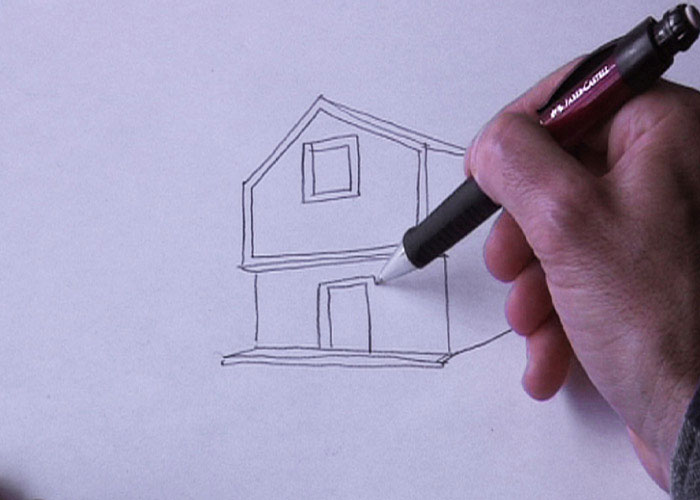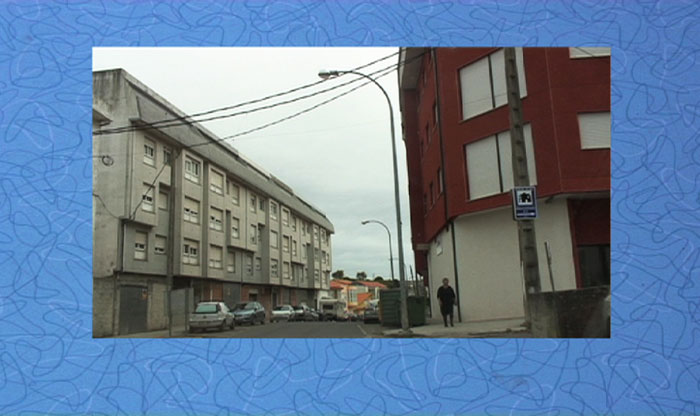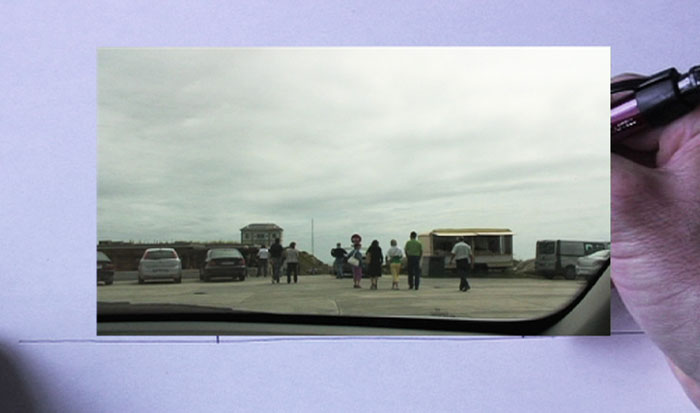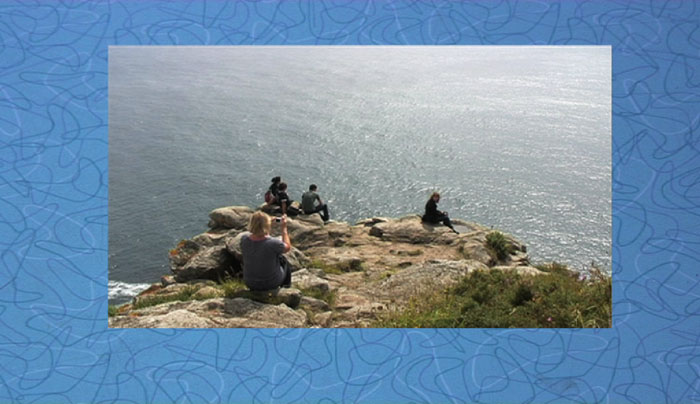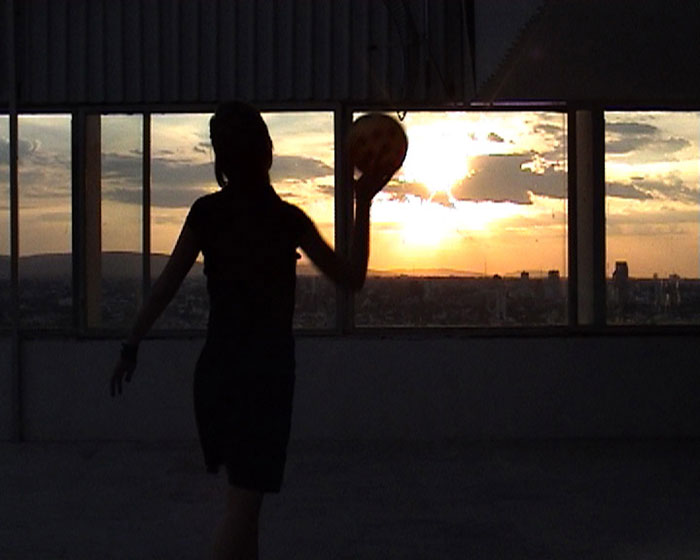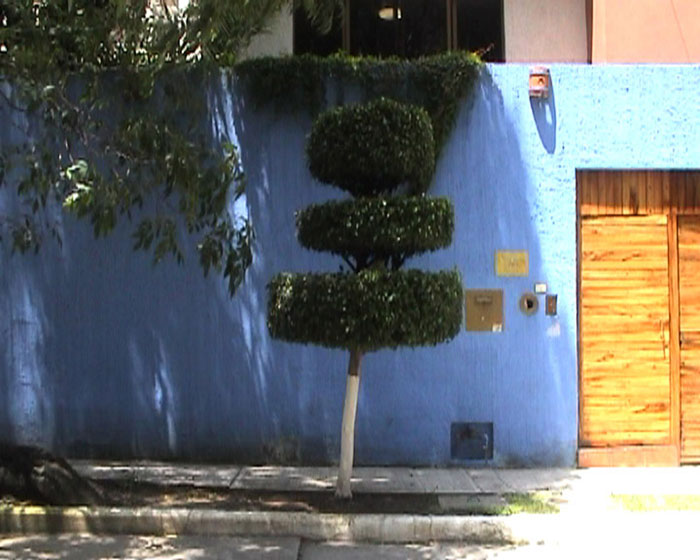PATRICIA ESQUIVIAS
Murray Guy is very pleased to announce our second solo exhibition with Patricia Esquivias. This show will feature the premiere of two video installations, Folklore III and Natures at the Hand.
Patricia Esquivias is a storyteller: she constructs narratives that simultaneously appear to coalesce into epiphany and unravel into slapstick. Both works in the show are promiscuous lectures that wander through images and texts and diverse media, transforming banal details into deep reflections on modernity, colonialism, and the natural world.
Folklore III, the newest of Esquivias’ series of works addressing Spanish culture, combines two narratives that relate Galicia, Spain, with Nueva Galicia, Mexico. The former is a region on the coast with a city called Finisterre (Land’s End), and the latter is a colonial territory which was renamed in its honor by the sixteenth century Spanish Queen Juana La Loca (Joanna the Mad.) Details entangle the viewer, including strange tiling and a Formica pattern that resembles an abstract computer rendering of the sea. The houses along the coast in “old” Galicia have been deeded a “right to fly,” meaning that they can expand in area as they grow in height, resulting in peculiar, inverted Aztec pyramids. The narrator becomes caught between new and old Galicia, an end and a beginning, a beginning which becomes an end, and the “right to fly” granted by a supposedly insane queen.
Natures at the Hand is composed of three short videos in which Esquivias takes the hand as a metonymy for an encounter with the natural world—a bizarre “grasping” of nature. In the first segment, fingers light matches, one after the other, as the bursts of flame reveal a series of matchboxes with stylized depictions of animals. The second is a comic attempt to read photographs of ornate topiary, drawn from images of European palaces, onto sculpted urban plants in Guadalajara, Mexico. The third shows the artist throwing a basketball against a glass window at the slowly setting sun, rhythmically, perhaps even dialectically, negating the fading light.
Alongside this show, Esquivias’ video The Future Was When?, a brilliant reflection revolving around tiles in the New York and Madrid subways, will be on view in the exhibition “Nachleben” at the Goethe Institut Wyoming Building, 5 East 3rd Street, New York, from 5 May – 29 May.
Patricia Esquivias (b. 1979) lives and works in Madrid, Spain and Guadalajara, Mexico. She was recently the subject two solo exhibitions: Everything that is not a portion is speculation, at the Museo Nacional Centro de Arte Reina Sofia, Madrid, and Reads Like the Paper, at Midway Contemporary Art, Minneapolis. She has been included in numerous group shows including The Generational: Younger Than Jesus, New Museum, New York (2009), Report on Probability, Kunsthalle Basel (2009), When Things Cast No Shadow – The 5th Berlin Biennial (2008), and Beyond Paradise, Stedelijk Museum Bureau, Amsterdam (2008). In 2007, she was awarded the Illy Present-Future Award at Artissima, Turin.


